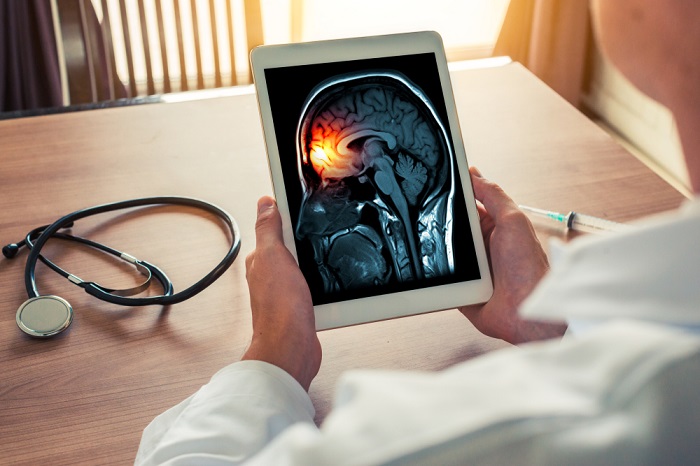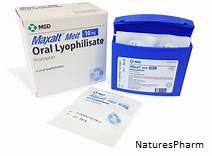What is Maxalt?
Migraine may last for many years; the ailment is characterized by diverse nature, so the approaches to treatment must be strictly individual. Often the agents used in the same patient, are useless in other case. Migraine in this sense is very capricious and is one of the diseases for which is particularly difficult to predict the outcome of treatment. Thus, an individual approach is the first principle of the treatment of migraine. The next principle, which follows from the first is patience from both the physician and the patient.
As an option of migraine treatment, Maxalt drugs are oftentimes prescribed. The medication aims at treating migraine, dealing with its unwanted manifestation safely and effectively. The chosen method should be followed consistently and not to rush to his replacement in a few days, if he would not immediately effective. Finally, the third principle is that the treatment of migraine must also focus on other fields: e.g. psychotherapy and autogenous training.
Maxalt research and pharmacological action
The research, conducted by Dr. Kathy Ahonen and her colleagues at the University of Helsinki, Finland published in the online edition of Neurology in 2006 covers the clinical picture of remedy efficiency from various angles. According to the authors, the aim of the trial was to find an efficient and safe preparation for oral administration suitable for both adults, and children. The study was conducted in 2 pediatric outpatient clinics and 2 hospitals in Finland between January 2001 and November 2003 and ended in February 2004, a total of 96 subjects are included in the final analysis. All the children had a aura or non-aura migraine diagnosis, and suffered at least two episodes of headache monthly with the duration of 4+; the effect of previously conducted therapy with acetaminophen or NSAIDs was unsatisfactory.
None of the children had a prophylactic treatment during the study. Pre conducted a full physical and neurological examination to rule out other causes of headache. Each child received treatment at home. Maxalt dose given was 5 mg for a body of weight in 20 - 39 kg and 10 mg weight to 40+ kg. Children were asked to evaluate the intensity of headaches immediately before drug intake and then after 15, 30 and 60 minutes and hourly thereafter for 7 hours. Parents also assessed the efficiency and noted complaints through a questionnaire. Thus, the efficacy of Maxalt versus placebo in headache relief at 2 hours after symptom onset was 2 times higher, 74% versus 36%. The authors also report that the effectiveness of rizatriptan was still high after 3-4 hours after the administration.
10mg of medication is taken periorally within a 2 hours interval. The maximum daily dose must not exceed 30mg; while those on propranolol treatment must avoid taking more than 15mg of medication.
The preparation course must be avoided in those suffering from the following diseases: decompensated hypertension, established ischemic heart disease, in Vol. H. Angina pectoris, myocardial infarction, documented coronary artery disease, asymptomatic; suspicion of coronary artery disease; Prinzmetal’s angina; simultaneous treatment or period of at least 2 weeks after treatment with MAO inhibitors; hypersensitivity to rizatriptan. Taking the medication is not recommended for the patients with basilar or hemiplegic migraine and atypical migraine headaches. Women during pregnancy and lactation must administer the preparation only in case the potential benefits overcome the risks and only if the doctor confirms the necessity.
Maxalt dosage
Maxalt precautions



